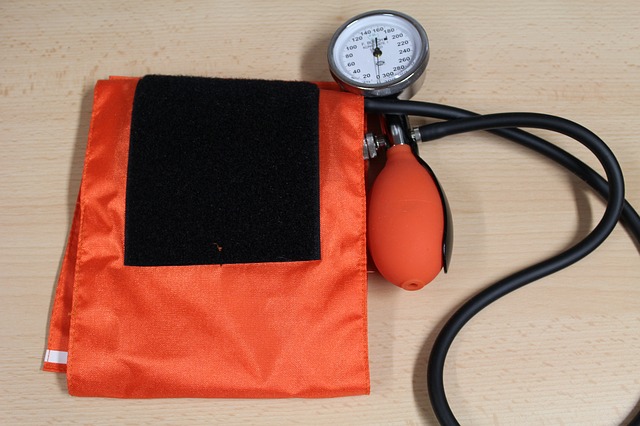September 2011 - The risk for diabetes complications, such as heart attack and stroke, increases with high blood glucose, blood pressure and cholesterol levels. Reducing risk means reducing these values to ideal levels.
According to researchers at Brigham and Women's Hospital (BWH), achieving ideal levels may be as simple as seeing your doctor. They found that frequent doctor-patient encounters are associated with faster achievement of blood glucose, blood pressure and cholesterol treatment goals. The research was published in the September 26, 2011, issue of Archives of Internal Medicine.
Apart from monitoring a patient's hemoglobin A1C (a type of blood glucose measurement) levels every three months, there are no current recommendations in diabetes care guidelines indicating how often doctors should see their patients. These research findings may provide an answer, suggesting that encounters every two weeks may be appropriate for those whose diabetes are severely uncontrolled.
Researchers looked at the electronic medical records (EMRs) of 26,496 patients with type 2 diabetes who had at least one instance of high hemoglobin A1C, blood pressure or LDL cholesterol ("bad" cholesterol) values. A doctor-patient encounter was defined as any note made in the EMR, which included face-to-face encounters, as well as remote encounters such as via telephone. All patients in the study were seen by primary care doctors for at least two years from January 2000 to January 2009.
Researchers evaluated the length of time it took for high levels of hemoglobin A1C, blood pressure and LDL cholesterol to decrease to reach treatment goals. They also determined the mean doctor-patient encounter intervals within this time span.
Continue Reading Below ↓↓↓
Patients who saw their doctor every 1 weeks achieved treatment goals sooner than those who saw their doctor every 3 months. Patients who saw their doctors every 1 weeks had a median time of 4.4 months (non-insulin patients) and 10.1 months (insulin patients) to reach their hemoglobin A1C treatment goals compared to 24.9 months (non-insulin patients) and 52.8 months (insulin patients) for those who saw their doctor every 3 months. Blood pressure level goals were reached at 1.3 months in the 1 week group vs. 13.9 months in the 3 month group. LDL cholesterol level goals were also reached sooner at 5.1 months vs. 32.8 months, respectively. For all values combined, the median time to reach treatment goals was 1.5 months vs. 36.9 months, respectively.
Alexander Turchin, MD, MS, BWH endocrinologist and assistant professor at Harvard Medical School and the study's senior and corresponding author, attributes several interactions during these encounters for reaching target goals.
"Physicians may be prescribing new medications or increasing the dose of existing ones," said Turchin. "Another process occurring is lifestyle counseling. Physicians are telling patients how they can improve their diet. They are telling their patients to exercise more and lose weight, which is going to help their diabetes control."
Further analysis showed that doubling the amount of time between doctor-patient encounters increased the time it took to reach treatment goals. Time to reach hemoglobin A1C goals increased by 35 percent (non-insulin patients) and 17 percent (insulin patients). Time to reach blood pressure and LDL cholesterol treatment goals increased by 87 percent and 27 percent, respectively.
This research was funded by the Agency for Healthcare Research and Quality, the National Library of Medicine and the Diabetes Action Research and Education Foundation.
Source: Brigham and Women’s Hospital










